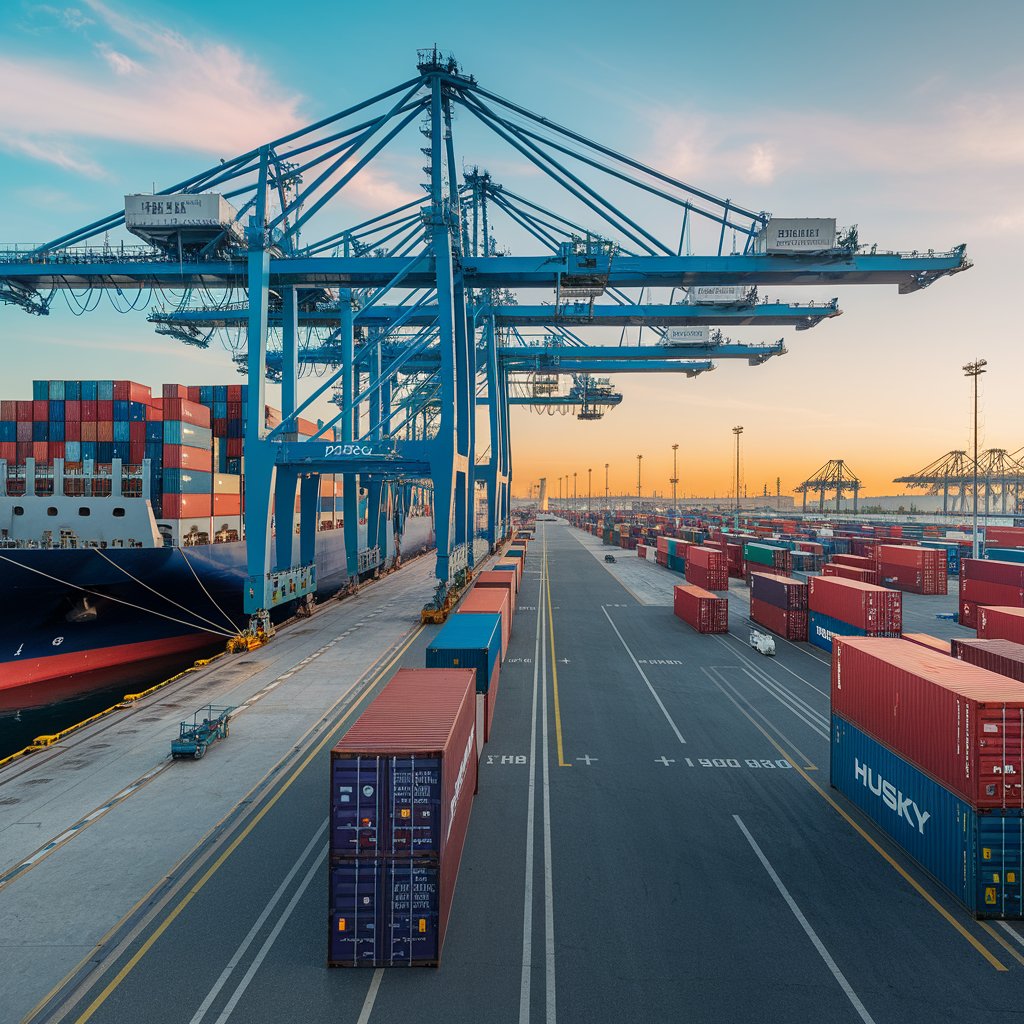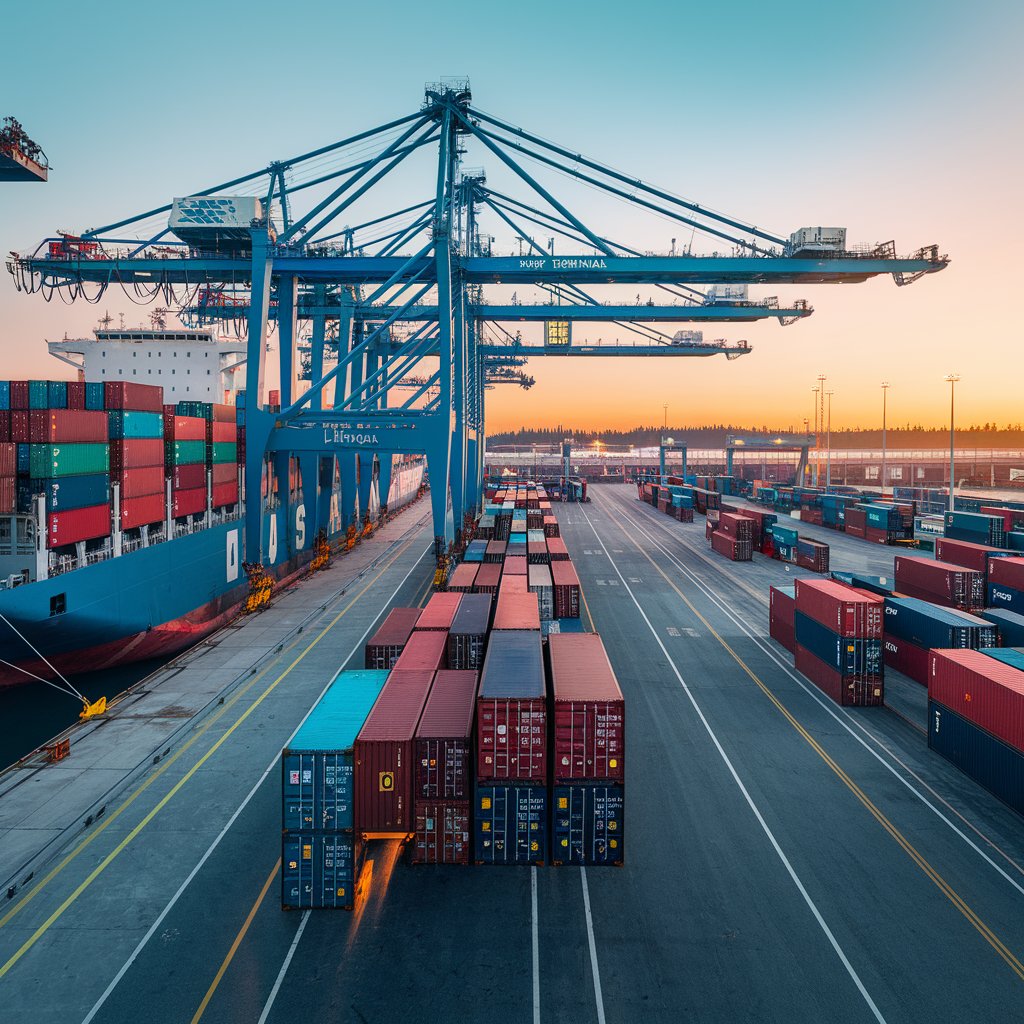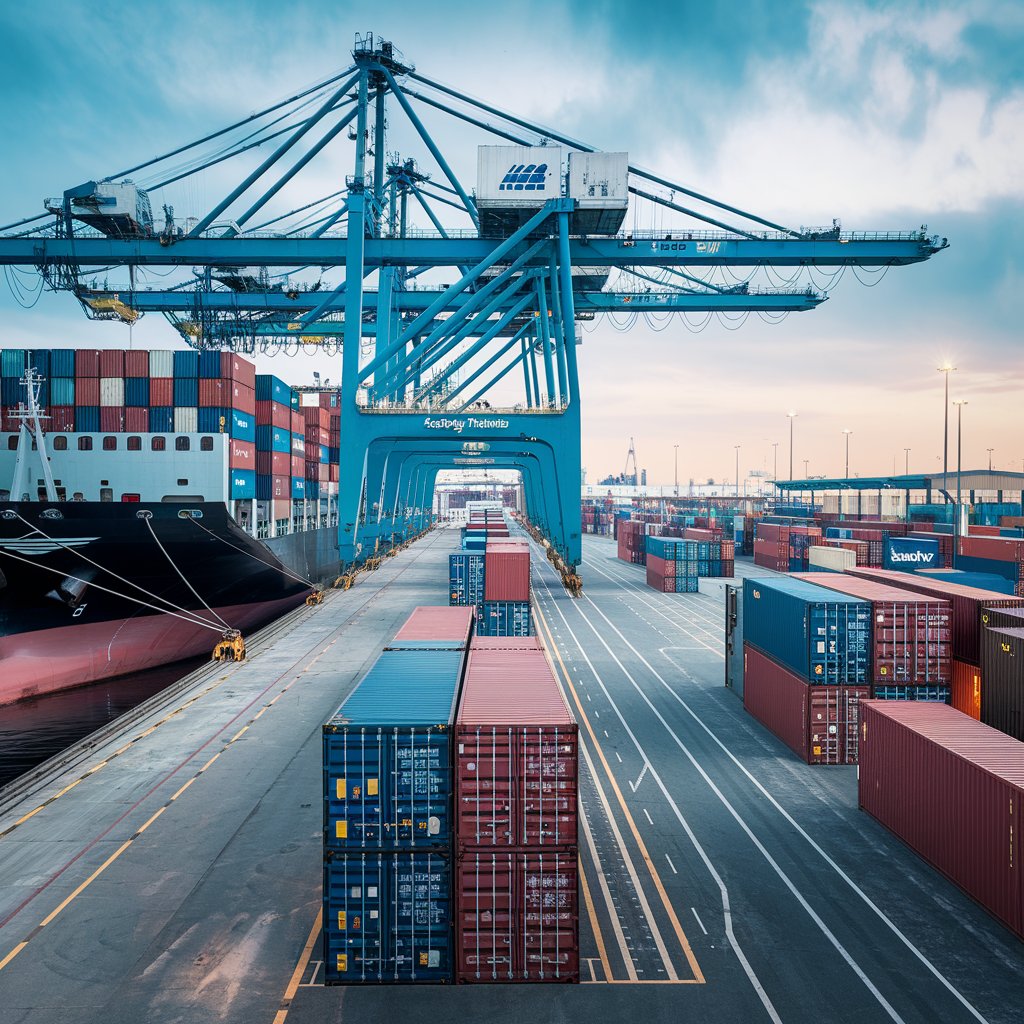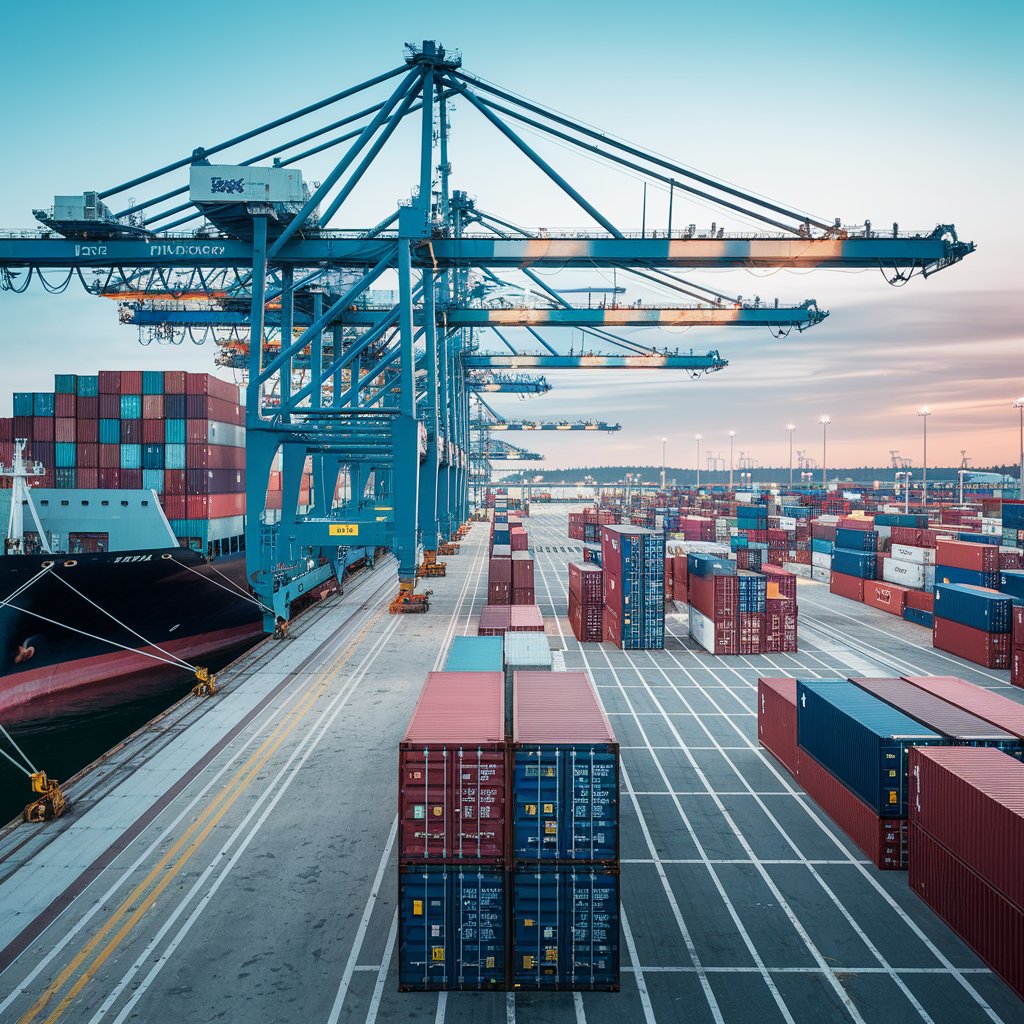An In-Depth Guide to Husky Terminal and Stevedoring
The terminal’s advanced facilities and technological innovations ensure that goods move quickly, reducing delays and optimizing trade efficiency. For businesses and logistics professionals, understanding Husky Terminal’s operations can help streamline shipping strategies and improve supply chain reliability.

📍 History and Location
Husky Terminal is part of the Northwest Seaport Alliance (NWSA) and has been a key player in the Pacific Northwest’s shipping industry for decades. Situated in Tacoma, Washington, it benefits from a deep-water port, making it ideal for handling large container vessels. Its proximity to major interstate highways and rail lines allows for efficient inland distribution, connecting businesses to domestic and international markets.
The terminal has undergone continuous upgrades to accommodate growing global trade demands. Investments in infrastructure, such as expanded container yards and automation, have positioned Husky Terminal as a leader in efficient cargo handling. Its location along the Pacific Rim makes it a crucial gateway for trans-Pacific trade, supporting economic growth across the region.
⚙️ Key Features of Husky Terminal
Husky Terminal is equipped with state-of-the-art infrastructure designed to maximize efficiency and cargo handling capabilities. Some of its standout features include:
- Deep-Water Berths: Allows the terminal to accommodate some of the largest container ships in operation, ensuring smooth loading and unloading processes.
- Modern Cranes: Equipped with high-capacity, shore-to-ship cranes that speed up the handling of containers, reducing vessel turnaround times.
- On-Dock Rail Service: A direct connection to Class I railroads facilitates the rapid movement of goods to and from inland destinations.
- Automated Gate System: Uses digital tracking and RFID technology to streamline truck check-ins, reducing congestion and wait times for drivers.
- 24/7 Operations: Continuous work schedules ensure that cargo is processed efficiently, reducing delays and keeping supply chains moving without interruptions.
These features enable Husky Terminal to provide high-speed, secure, and reliable cargo handling services, benefiting businesses that depend on timely shipping and distribution.

🌍 Importance in Global Trade
Husky Terminal plays a vital role in facilitating international commerce by ensuring the smooth transfer of goods between global markets. Key aspects of its impact on trade include:
- High Cargo Throughput: Handling millions of TEUs (twenty-foot equivalent units) annually, Husky Terminal is a crucial player in international logistics.
- Economic Contribution: The terminal supports thousands of jobs and generates billions in economic activity, boosting the regional and national economy.
- Strategic Partnerships: Collaborates with major shipping lines, logistics companies, and manufacturers to create an efficient and reliable supply chain network.
- Critical Trade Routes: Serves as a primary link for goods traveling between Asia, North America, and beyond, ensuring smooth operations for industries such as retail, automotive, and technology.
Its efficiency and strategic location make Husky Terminal an indispensable asset for businesses involved in import and export activities.
🚛 Practical Uses for Businesses
For businesses engaged in international trade, Husky Terminal and stevedoring offers numerous advantages that enhance operational efficiency and cost-effectiveness:
- Efficient Cargo Handling: The advanced crane and rail systems reduce loading and unloading times, expediting shipments.
- Reliable Intermodal Connections: The terminal’s integration with railroads and highways ensures seamless transfers between sea, rail, and road transport.
- Secure Storage Facilities: Offers short-term and long-term storage solutions, providing a safe environment for cargo before distribution.
- Real-Time Tracking: Advanced digital tracking tools allow businesses to monitor shipments in real time, enhancing visibility and planning.
- Customs Clearance Support: Works closely with regulatory agencies to ensure smooth customs processing, reducing administrative burdens for shippers.
These benefits make Husky Terminal an attractive option for logistics providers, freight forwarders, and businesses looking to optimize their shipping processes.

🔧 Challenges and Future Developments
Despite its efficiency, husky terminal and stevedoring faces challenges that require continuous innovation and investment:
- Port Congestion: Increased cargo volume, especially during peak seasons, can cause delays. Solutions such as expanded truck gates and appointment-based scheduling help mitigate congestion.
- Environmental Impact: Sustainability is a priority, with initiatives such as electric-powered cranes, reduced diesel emissions, and investment in green infrastructure.
- Technology Upgrades: Ongoing improvements in automation, data analytics, and AI-driven logistics are being implemented to enhance operational efficiency.
- Global Trade Uncertainty: Fluctuations in trade policies, tariffs, and supply chain disruptions pose risks that require strategic adaptability.
To address these challenges, Husky Terminal continues to invest in modernization efforts, positioning itself as a forward-thinking and resilient logistics hub.
🏗️ Future Growth and Expansion Plans
Shipping Forwarders are the professionals who make global trade happen. As the global economy continues to grow, the number of domestic as well international shipments keeps increasing. For most companies, domestic shipments might be easy.
But as the business expands to exporting products, it faces challenges in shipping the products to end customers. While imports and exports contribute greatly to a company’s economic growth, it can also be a time-consuming process with all the paperwork, compliance and regulations involved in an international trade. This is where a freight forwarder comes into the picture.
Businesses who expand to trade internationally often hire specialists called International Freight Forwarders to help them ease the process.

✅ Conclusion
Husky Terminal and Stevedoring is a key component of the West Coast logistics network, offering efficient and reliable cargo handling services. With its modern facilities, strategic location, and commitment to sustainability, Husky Terminal remains a vital player in global trade and supply chain operations.
For businesses looking to optimize their logistics, reduce transit times, and improve supply chain efficiency, partnering with Husky Terminal provides a competitive advantage in the ever-evolving world of global commerce.
